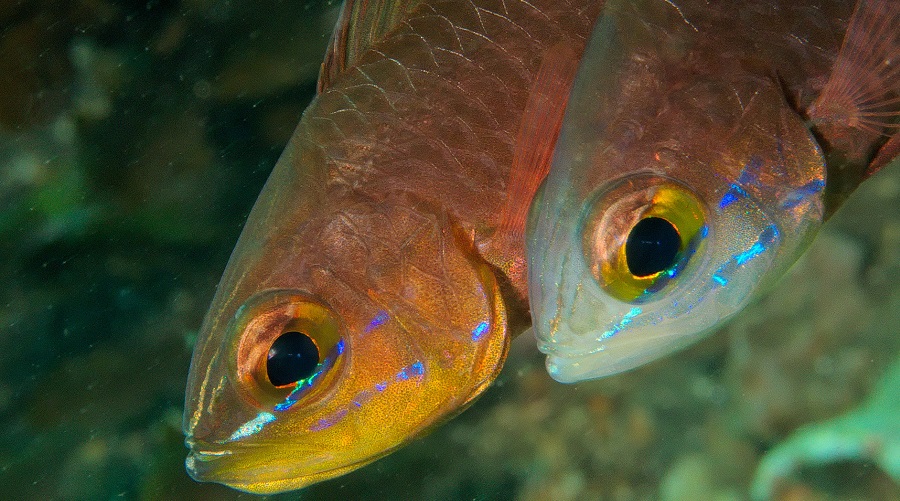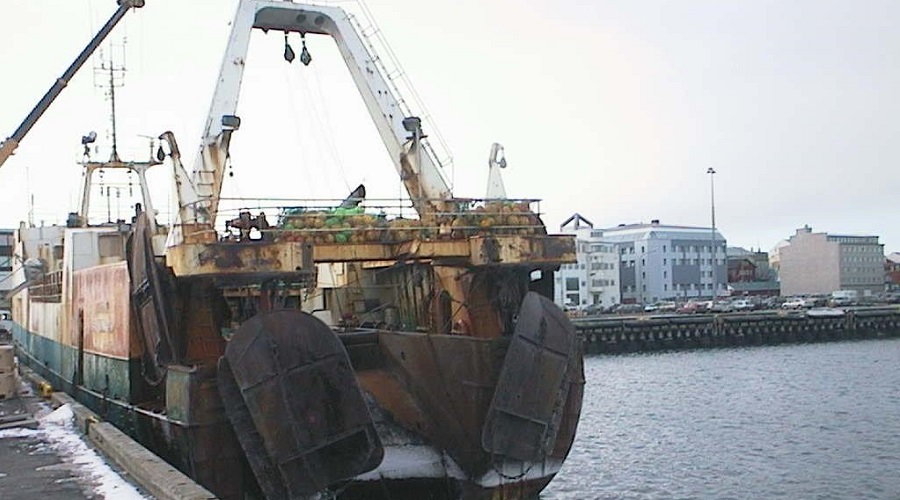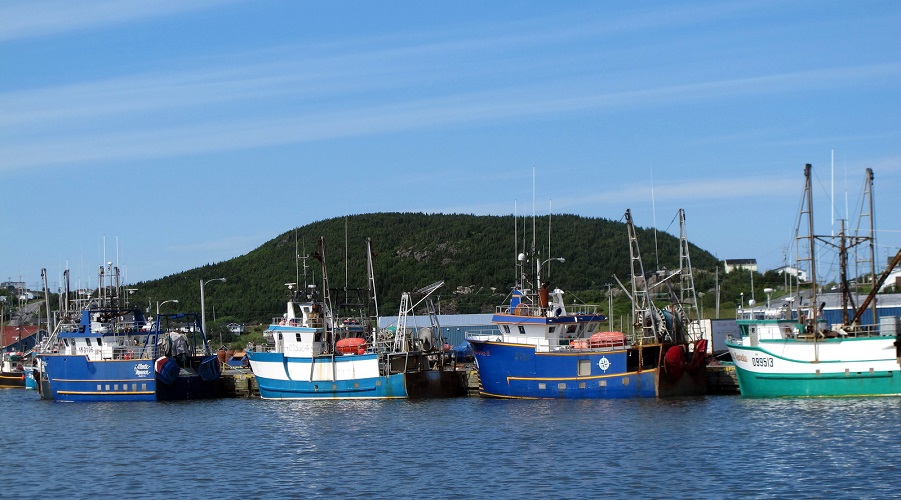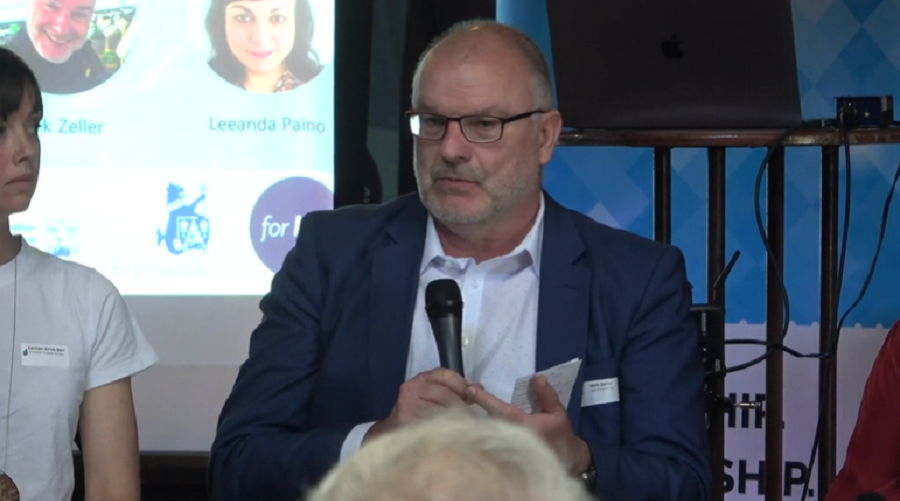
A consistent metabolic ratio found across 133 Chinese marine and freshwater fish species provides new evidence in support of the idea that fish become sexually active – and spawn for the first time – in response to growth-induced respiratory stress.

A consistent metabolic ratio found across 133 Chinese marine and freshwater fish species provides new evidence in support of the idea that fish become sexually active – and spawn for the first time – in response to growth-induced respiratory stress.

A new report by leading fisheries experts found that over 99 percent of bottom trawling worldwide occurs inside the Exclusive Economic Zones of coastal nations—with much of the effort focused within just 12 miles of shore— posing risks to critical habitats and traditional, small-scale, artisanal fishing operations. As the only globally significant fishing practice that requires sustained contact with the seabed, bottom trawling has a uniquely high impact, one that can drive habitat destruction, coastal conflict and major fuel-related carbon emissions.

The Sea Around Us, the Institute for the Oceans and Fisheries, the French Embassy to Canada and the Alliance Française de Vancouver are happy to welcome Dr Camille Mazé, a researcher at the French National Centre for Scientific Research and the University of La Rochelle, who will present her lecture “Women, science & the sea: from pioneering whistleblowers to committed contemporaries, an embedded story for ocean sustainability.”

Oceana Canada released its fifth annual Fishery Audit, a document that assesses the current state of Canada’s fisheries and fisheries management, tracks progress from 2017 to 2021 and provides recommendations to meet federal policy commitments to return wild fish populations to abundance.

Dirk Zeller at the the State of the Blue Economy Forum.
Dirk Zeller, Director of the Sea Around Us – Indian Ocean and Professor of Marine Conservation in the School of Biological Sciences at the University of Western Australia has been named Australia’s Top Researcher in the field of Marine Sciences and Fisheries (Life Sciences category) by The Australian’s 2021 Research Magazine.